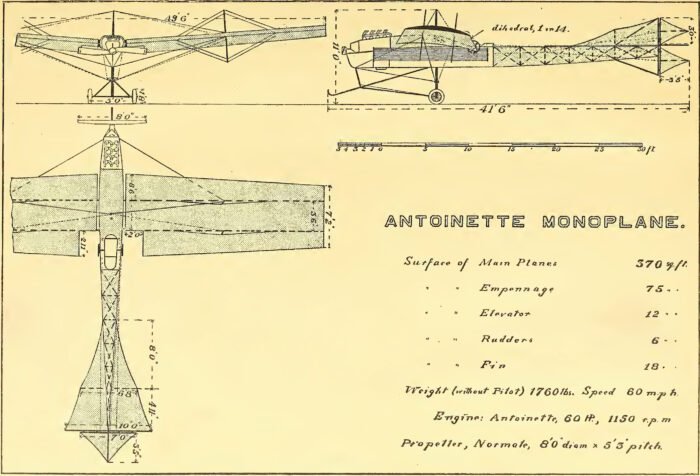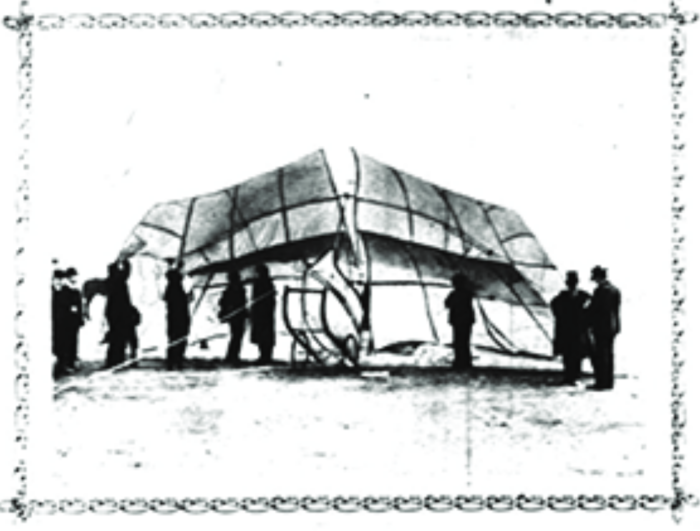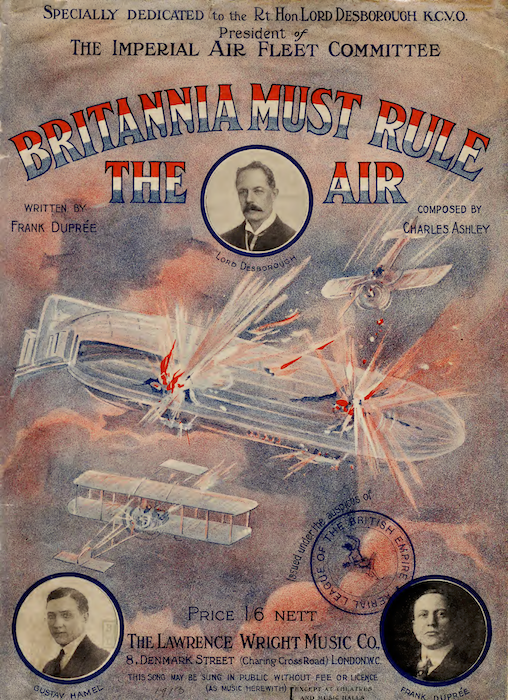When Britain is bombing Berlin
This poem took up about an eighth of page 3 of the 9 August 1918 edition of the Perth WA Sportsman, preaching revenge on Germany for its air raids on Britain (the last of which, until the next war at least, had just taken place). It’s prefaced by a claim that ‘the Allies expect to […]








